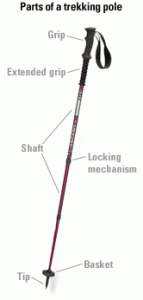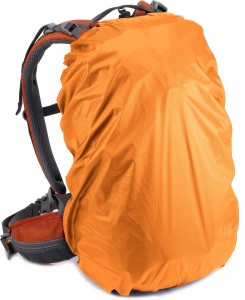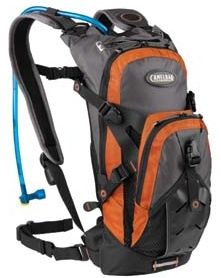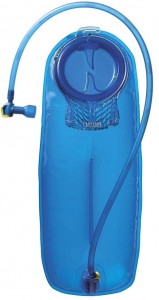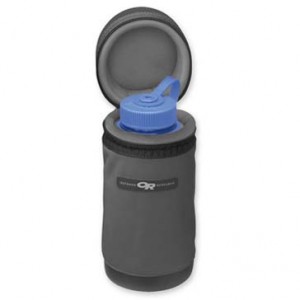How To Prepare Your Gear for High Altitude Trekking – Part 4
Hiking gears:
1. Trekking/hiking poles — Trekking poles are very useful for climbing up or down steep hills, crossing creek, stepping from stones to stones, keeping your balance and maneuver around rocks that are less than knee high. Using trekking poles can prevent your knees from overloaded, fatigue and pain. However, if you need to climb with your hands, keep your poles away or strap it on your backpack.
Most trekking poles can be shortened for easy storage purposes. Most airlines restrict trekking poles as carry-on items; be prepared to store it in the check-in luggage.
2. Daypack — use a lightweight or ultralight weight daypack to carry your daily essentials during the hike, for example, fleece, jackets, rain pants, water bottle, trail mix, sunscreen, sunglasses, etc. A daypack with chest straps and hip straps is ideal. Consider getting a pack that fits your torso length, sits comfortable on your shoulder and won’t wobble once the weight is added on and the straps are fastened and secured.
3. Daypack rain cover — The rain cover will protect your jackets and other stuffs inside your pack from getting wet during rain. I know folks that use a poncho or an oversize garbage bag as rain cover; it works but it may flop around in a windy condition.
4. Water bottle or hydration pack — Depending on how much you drink and how often your porters can resupply water for you. I normally carry two liters of water with me on a 4-hour hike. I would avoid bringing water bottle that requires you to twist the cap for drinking because as the weather gets colder, you are probably reluctant to take off your gloves to open up your water bottle. If you use a twist cap water bottle, bring one that can be opened easily with your gloves on.
Hydration pack is convenient since you can sip your water as you walk. It is perfect for frequent hydration. However, I would still recommend to bring at least one BPA free water bottle with you because the porter will normally boil hot water for you to fill up your water bottle. You can also use the refilled water bottle to warm up your feet at night inside your sleeping bag. Be very careful, make sure your water bottle is not leaking. If you are paranoid about this, wear down socks or use toe-warmer instead.
5. Water bottle insulator — If you use water bottle instead of hydration pack, make sure you bring the insulator to keep your water away from freezing at high altitude. If you use hydration pack, keep the hydration pack next to your body so the water does not freeze. The tube on the hydration pack tend to collect moisture and freezes at cold temperature, so blow the water in the tube back toward the pack after you are done sipping.
Tip: Tin foil or aluminum foil is a cheap and lightweight alternative to wrap around your water bottle for additional insulation. Newspaper works as well, but it is bulky to carry and breaks easily when damped.
To learn about Part 5 of 6 — Toiletries, please click here!


